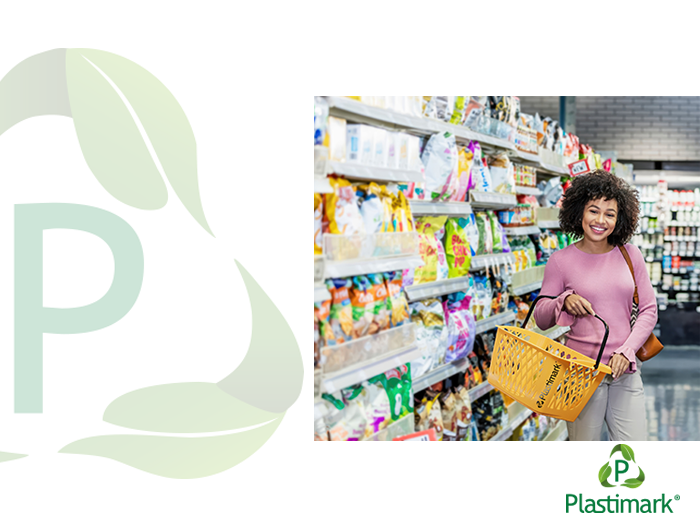In the age of convenience, online shopping has made almost everything available at the click of a button. Although online grocery shopping has become a popular option, many consumers still prefer in-store shopping.
For many customers, shopping in the shop means being able to check freshness and quality such as by checking the texture, colour and degree of ripeness of fruit and vegetables, something that is difficult to entrust completely to an online order.
Furthermore, the risk of receiving damaged or inferior quality items in online grocery deliveries is a significant deterrent.
The appeal of immediate availability also reduces the risk of orders being delayed or rescheduled, a common frustration for customers who have planned their meals around specific ingredients.
In-store shoppers also benefit from increased awareness of discounts, promotions or store-specific offers. Physical shops often offer end-of-aisle sales and clearance discounts that are not always reflected or so evident in the online shopping experience.
The in-store shopping environment also offers the opportunity to speak directly with shop employees who can provide assistance in ways that the online shopping experience cannot match.
Although online shopping is here to stay and offers undeniable convenience, in-store shopping holds a special place for many customers. The ability to control quality, immediately access items, manage budgets, enjoy the shopping experience, avoid substitutions and discover seasonal products makes in-store shopping an experience that online shopping cannot replicate.
For those who find joy in choosing their groceries and immersing themselves in the shopping experience, in-store shopping offers benefits beyond mere convenience, making it not only a practical but also an enjoyable and rewarding choice.
